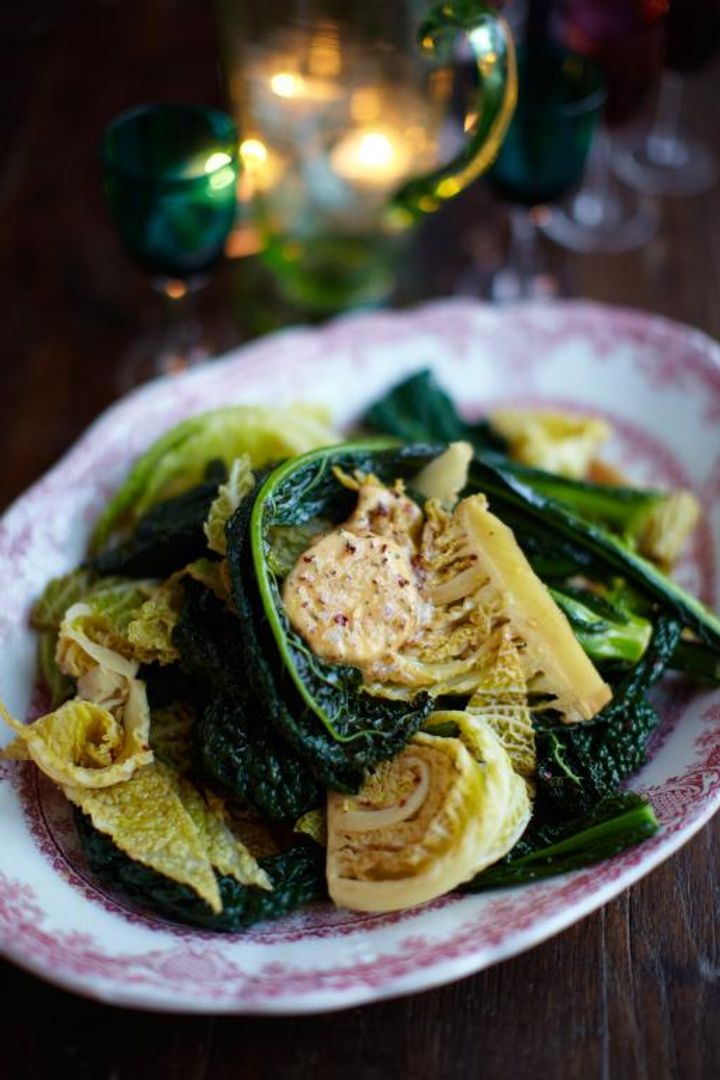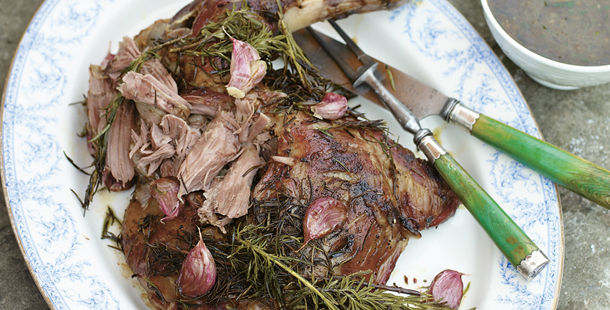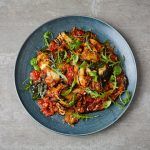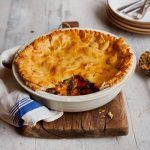It’s almost Easter, which means it’s time to start planning a tasty Easter feast for the family. I’m looking forward to a long relaxing weekend, with plenty of celebratory food. Easter is a little early this year, and we’ve still even got a dusting of snow on the ground. This makes me want to stay inside, turn on the oven and put in a nice slow-roast to feed the family, between munching on chocolate bunnies and eggs…
Sales of lamb go into overdrive at Easter time and peak in March and April. No wonder, as it’s the quintessential Easter roast. But there are plenty of tasty alternatives, too.
After much trial and error as a home cook with lots of hungry mouths to feed, I’ve found I get the best results by slow-roasting. You also get the added advantage of more time to get everything else ready.
The perfect joint of meat doesn’t have to be super-expensive. In fact, buying a cut that you can slow-roast, such as a shoulder, can be very economical. The best cuts of meat for slow-roasting are generally a shoulder or leg of lamb. A really easy recipe to follow is Jamie’s Incredible Roasted Shoulder of Lamb with smashed veg and greens. Fall-apart lamb suitable for grannies and toddlers alike, seasonal vegetables and a tasty, rich homemade gravy.
If you’re breaking with tradition or just don’t fancy lamb this Easter, a great alternative is pork. Try Jamie’s 6 Hour Slow-Roasted Pork Shoulder or a high-welfare British Pork Belly Roast. I once visited America at Easter-time and remember eating an Easter Ham, which can be a really great way to feed a large crowd and there should be plenty left for cold cuts, too. I’m very tempted by Easter lamb, but I might also try Jamie’s Glazed Jerk Ham over the long weekend, using a gammon on the bone, for a Paddington-bear inspired twist.
Before you roast
Always take your roasting joint out of the fridge up to an hour before you are going to cook it. If you take your meat out of the fridge and put it straight into the oven, the joint will be too cold and will toughen as it gets hit by the heat.
To get ahead, you can flavour up your meat the night before by making up a spice rub, or simply using fresh herbs such as rosemary or thyme, or the failsafe flavour hit of lemon, garlic and olive oil.
If you can, make a bed of veggies for your meat to sit on. This raises the meat off the base of the roasting tin so it doesn’t stick, and sets you up to make gravy packed with flavour.
Resting Time
Remembering to let the joint rest after cooking is important, too. Just as taking the joint out of the fridge before roasting allows the meat to ease up, once it’s out of the oven the meat of the joint needs time to ‘relax’. Simply take the joint out of the oven, transfer it onto a warm dish, cover it with foil and let it sit for about twenty minutes. You can then collect any extra juices and add them into your gravy.
Veggies

You can’t have a good Easter roast without the perfect roast potatoes and veggies to serve on the side. Follow Jamie’s top tips for the Perfect Roast Potatoes or simply throw in some roughly-chopped root veggies into the roasting tin around an hour before the end of cooking time. At home, whether we have roast lamb, pork, beef or even a roast chicken, my kids insist on having Yorkshire puddings on the side, so we never forget those.
The perfect veggies to go with your roast? Well, we’re a little early for British asparagus this year, so we’ll be having some baby topped spring carrots and some in-season purple sprouting broccoli. I might also serve some British spring greens or Jamie’s Green Veggies with Flavoured Butter.
Here’s to a great Easter and to the start of new beginnings!

















